Scholarships at St. Thomas
97% of first-year students receive merit scholarships that bring the average tuition cost down to $23,068 per year.
Gain the skills to design and update our country’s infrastructure, including roads, railways, dams, bridges, stadiums, airports, electrical grids and water systems with a degree in Civil Engineering from St. Thomas.
The University of St. Thomas School of Engineering is consistently ranked in the top 50 undergraduate engineering schools by the US News and World Report. Your Civil Engineering journey consists of hands-on, experiential learning in small groups facilitated by faculty with real-word experience who will help you see the big picture of infrastructure design, management and operations.
Right from the beginning of our comprehensive program, Surveying and Computer Assisted Design (CAD) courses will lay the foundation for your career. You will have the opportunity to practice surveying, create draft plans, visit construction job sites, try your hand at crushing concrete, and work with public entities to solve today’s sustainability infrastructure challenges.
Senior year, you will spend two semesters in our Senior Design Clinic working as part of a team to solve a real-world design challenge provided by an industry partner. This practical challenge mirrors what you will do as a professional engineer and is a critical component of the St. Thomas engineering program. With this in-demand degree, you will be prepared to work in industries focused on construction, transportation, water utilities, landfill management and more.
Students earning a BS in Civil Engineering degree will complete the University of St. Thomas Core Curriculum requirements and Civil Engineering major requirements and allied requirements.
If you are interested in transferring to St. Thomas with an Engineering major, read this information for undergraduate Engineering transfer students.
Your faculty adviser will personalize a four-year plan with you based on your goals. This is one snapshot of how the plan of study for this major can look. Plans of study exist for students who wish to study abroad, double major or for ROTC.
View Civil Engineering Plans of Study Prior to 2022:
2021-2022, 2020-2021, 2019-2020, 2018-2019, 2017-2018
The Engineering Senior Design Clinic is a two-semester capstone that challenges students to create novel solutions to engineering problems posed by industry and community partners. This course is a critical component of the St. Thomas engineering curriculum as it requires student teams to engage hands-on with real-world design problems and to gain skills in professionalism, communication and project management, all while applying their engineering knowledge. Projects are selected from a broad range of partners to match varying student interest, from multinational corporations looking for fresh ideas to entrepreneurial ventures hoping to take a prototype to the next level.
Students earning a BS in Civil Engineering degree will complete the University of St. Thomas Core Curriculum requirements and Civil Engineering major requirements and allied requirements.
If you are interested in transferring to St. Thomas with an Engineering major, read this information for undergraduate Engineering transfer students.
Your faculty adviser will personalize a four-year plan with you based on your goals. This is one snapshot of how the plan of study for this major can look. Plans of study exist for students who wish to study abroad, double major or for ROTC.
View Civil Engineering Plans of Study Prior to 2022:
2021-2022, 2020-2021, 2019-2020, 2018-2019, 2017-2018
The Engineering Senior Design Clinic is a two-semester capstone that challenges students to create novel solutions to engineering problems posed by industry and community partners. This course is a critical component of the St. Thomas engineering curriculum as it requires student teams to engage hands-on with real-world design problems and to gain skills in professionalism, communication and project management, all while applying their engineering knowledge. Projects are selected from a broad range of partners to match varying student interest, from multinational corporations looking for fresh ideas to entrepreneurial ventures hoping to take a prototype to the next level.
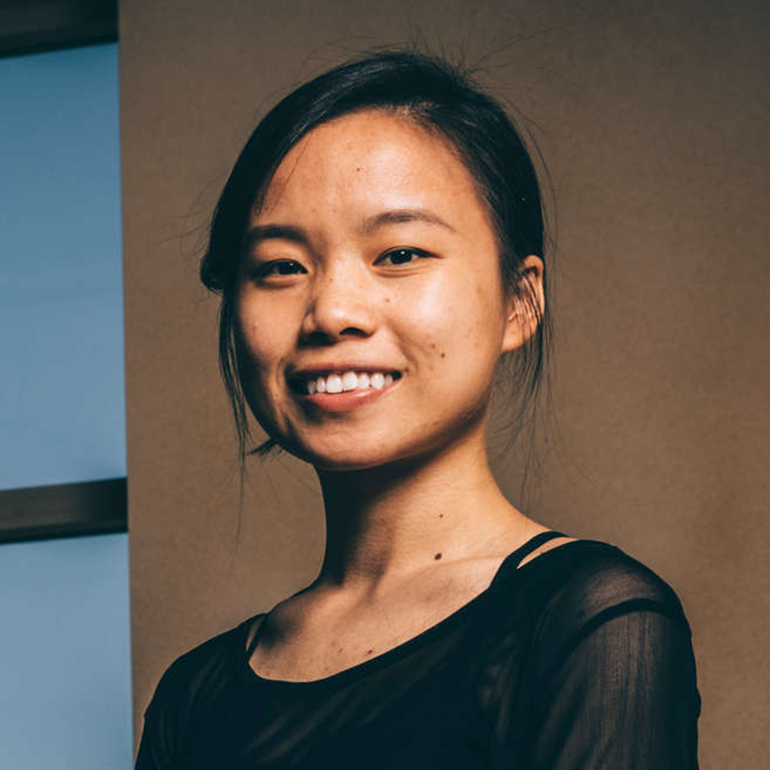
A Gates scholar, Kao Soua Yang ’20 transferred to St. Thomas because of the small classes and close connections with faculty she can have here. She chose to major in civil engineering because she’s drawn to the “public” aspect of public works. “I am serving a purpose for the community,” she said. Over the past four years she’s been employed in Minnesota Department of Transportation’s SEEDS program for college students, where she’s been drafting and planning construction projects on corridors including Highways 94 and 35W in the Twin Cities.

Chloe Weber is a double major in civil engineering and general business management. Chloe has studied abroad both for a J-term Engineering course in Italy and the St. Thomas Business Semester in London. Her favorite class so far has been Engineering Graphics and Design.
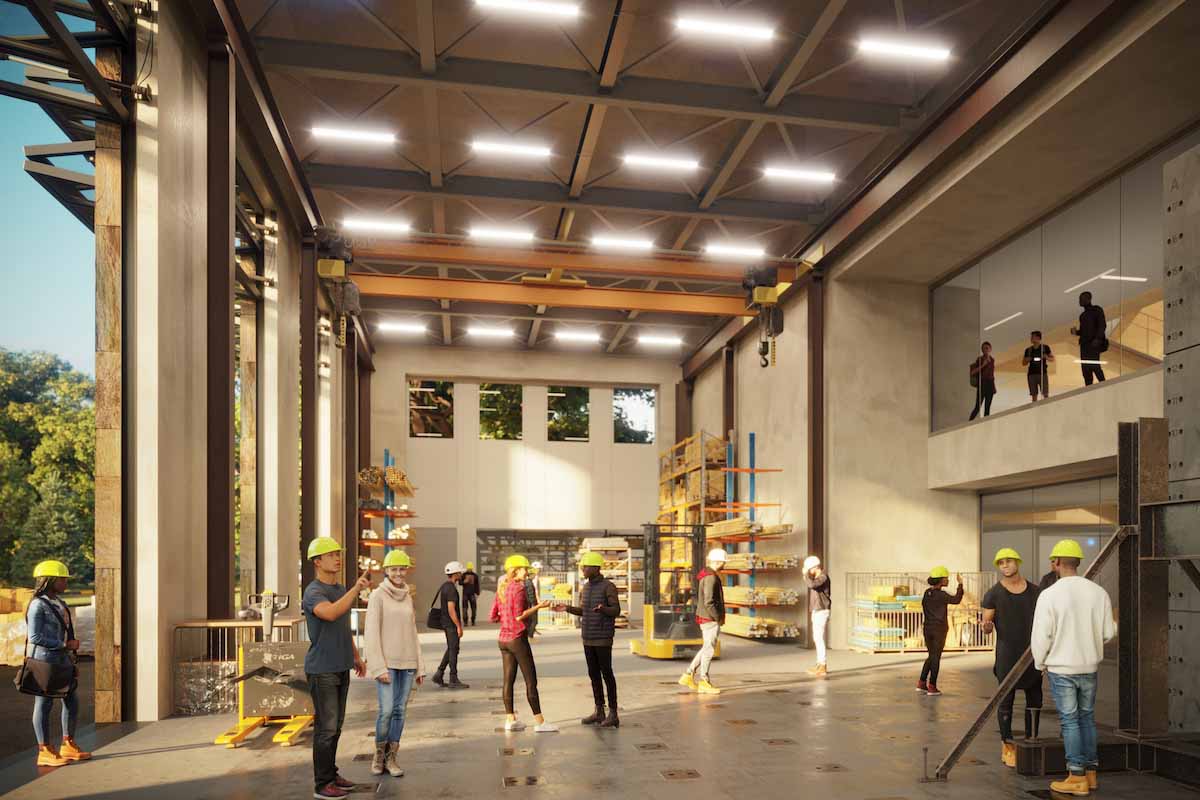
The new Schoenecker Center will be the university's central home for STEAM education at St. Thomas, adding more than 40,000 square feet of engineering labs, classrooms, and collaboration spaces, nearly doubling the space in use today. Students will have an unique opportunity for hands-on experimental learning, partnerships with local industry, and tackling research benefiting the common good.

The University of St. Thomas School of Engineering helps you build your resume from day one. You will have the opportunity to engage in research with faculty, become a global learner, participate in co-op and internship programs, connect with potential employers during our annual reverse career fair, build your network with a wide a variety of tech companies, and enjoy lifetime career development support. 100% of St. Thomas civil engineering students have a career-related job placement within six months of graduating.
Meet the Engineers is a Reverse Career Fair held every fall. St. Thomas engineering students interested in full-time employment and internships represent themselves with a poster board and standby as prospective employers walk and talk with students about their particular goals, interests and talents.
80% of engineering students graduate with a technical internship in industry. (Many with more than one!)
Engineering Co-op and Internship Programs
St. Thomas has deep connections in engineering in the Twin Cities. We partner with major local construction companies such as Barr Engineering, MNDOT, Short Elliott Hendrickson, and there are over 600 companies* within 20 minutes of campus including: 3M, Honeywell, Ecolab, Polaris, Medtronic, Cargill, Xcel Energy, Cargill, Graco, Boston Scientific.
*Why the Minnesota Technology Corridor? https://www.mntechcorridor.com/collaboration/why-the-Minnesota-technology-corridor
Access to tools and resources, including career webinars, resume assistance, interview prep and one-on-one advice.
Career Development for Undergraduate Students
Collaborate with faculty and engage in hands-on research right from the start as a St. Thomas engineering student.
School of Engineering Research
Take advantage of study abroad opportunities to learn and grow through life-changing global experiences.
97% of first-year students receive merit scholarships that bring the average tuition cost down to $23,068 per year.
Several competitive scholarships are available for first-year students planning to major in engineering, science and mathematics. There are also undergraduate scholarships available for returning engineering students each academic year.
is the median annual pay for civil engineers in 2021.
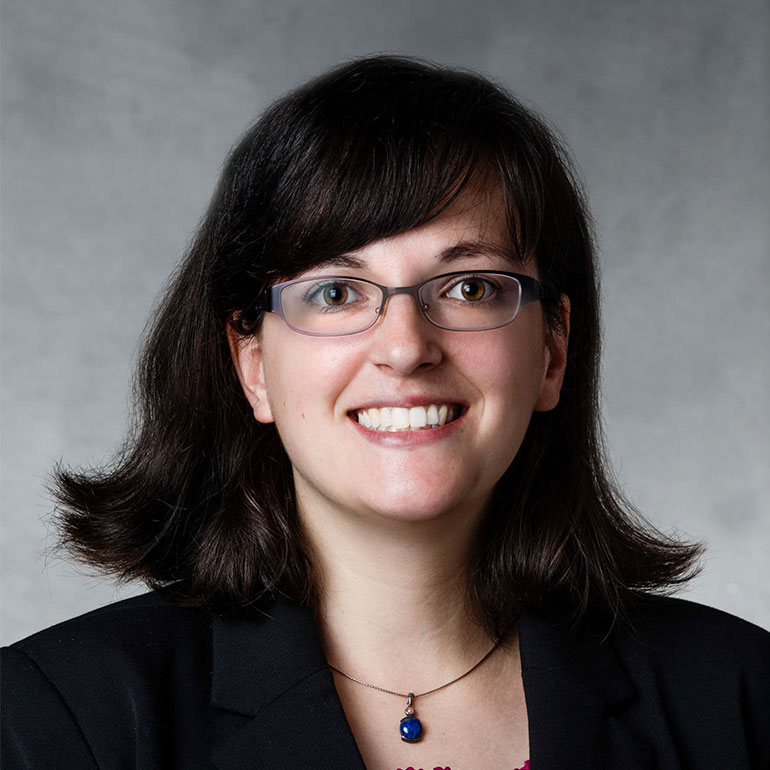
Dr. Lederle and her students investigate making concrete using recycled materials, such as recycled concrete aggregate and iron mine waste. This can help make concrete greener without sacrificing quality. Dr. Lederle’s team also work to improve design with novel concrete materials, like pervious concrete and ultra-high performance concrete so that these materials can be implemented in practical ways.
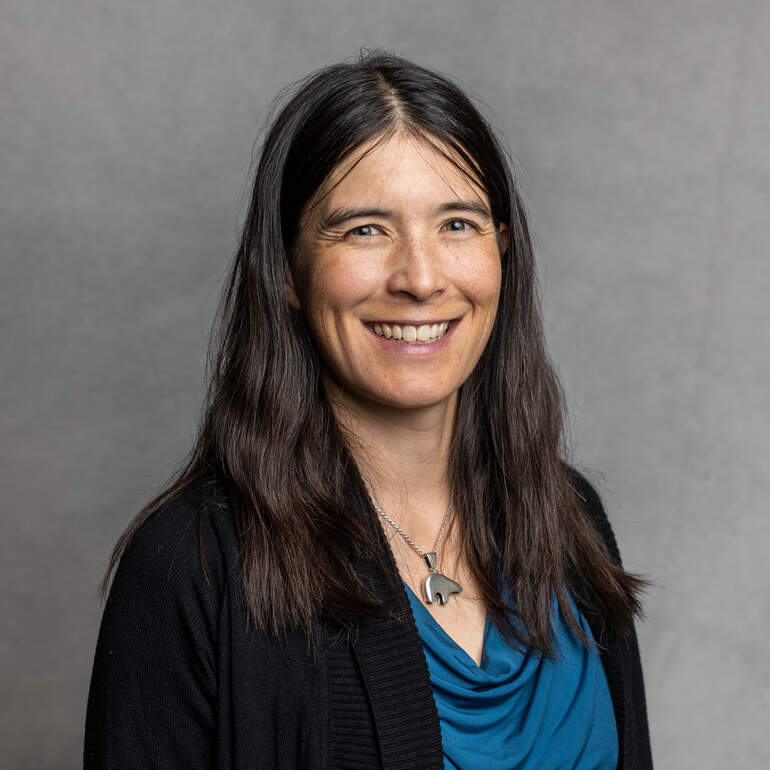
Dr. Ali Ling loves helping students build practical, problem-solving skills. In her research, she and her students use systems-level thinking to understand technical, economic, and social impacts of environmental solutions. She brings a decade of engineering consulting and project leadership experience spanning municipal, mining, and manufacturing industries.

Dr. Mingu Kang and his research team are involved in exploring cutting-edge technologies to better understand the foundation of civil infrastructure. They are working towards developing tools for smart and resilient transportation facilities that tackle various national and global challenges using innovative sensor technology. His team also investigates sustainable solutions for ground improvement using geosynthetic materials.
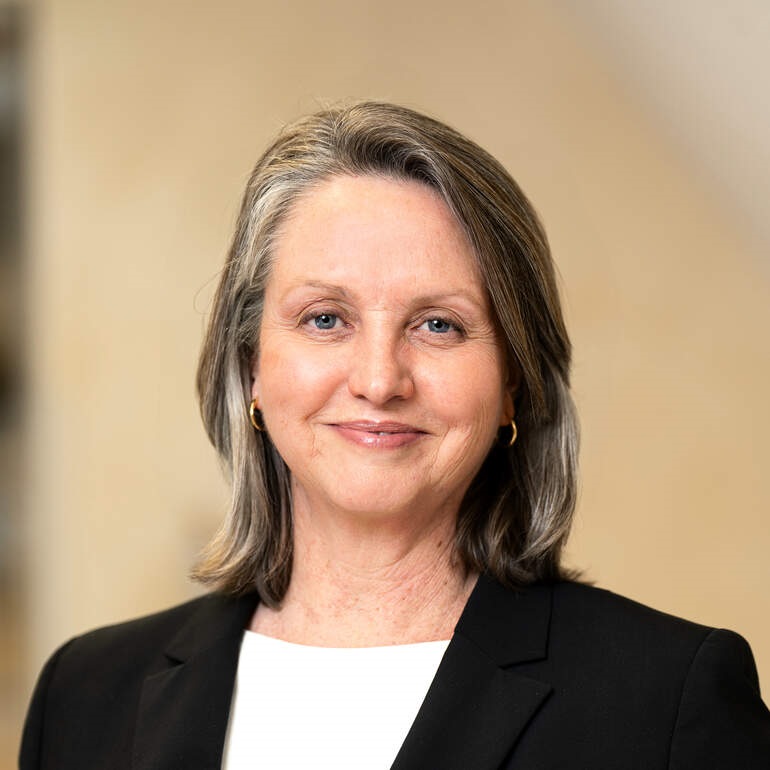
Dr. Deborah Besser is helping civil engineering students get real-world experience promoting sustainability. Her students are working with cities and non-profit entities to adopt Envision, an infrastructure sustainability rating system for engineering, which is much like the LEED designation for architecture. Students are totaling Envision credits and educating the community on the important impact the Envision rating can have in Minnesota.
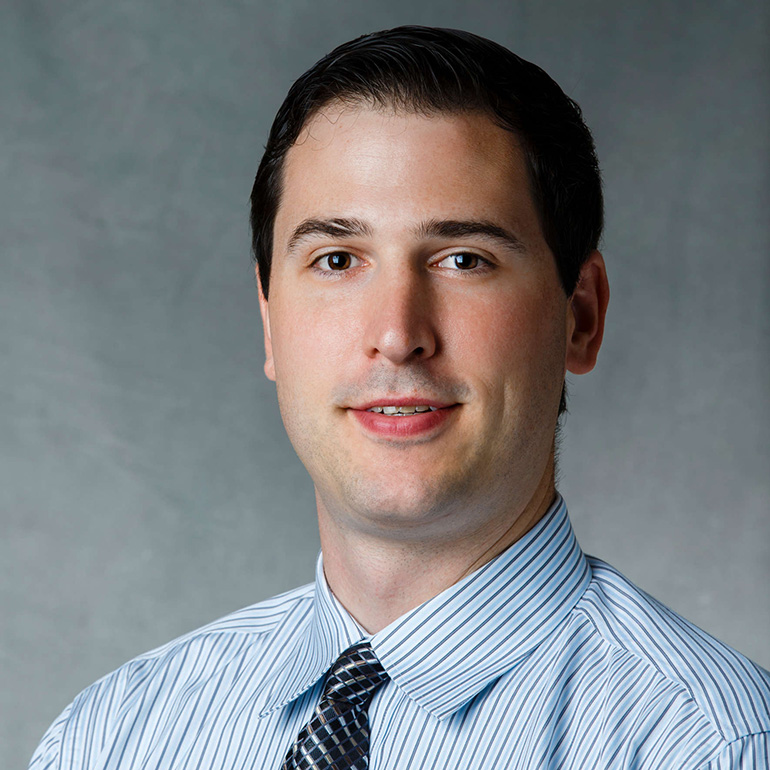
Dr. Travis Welt and his research team focus on novel composite structural components and connection design while drawing on his professional design experience ranging from residential design to offshore floating platforms in the oil and gas industry. Dr. Welt works with local industry leaders on practical applications in structural steel, cross-laminated timber, and connection hardware with the integral help of undergraduate researchers.
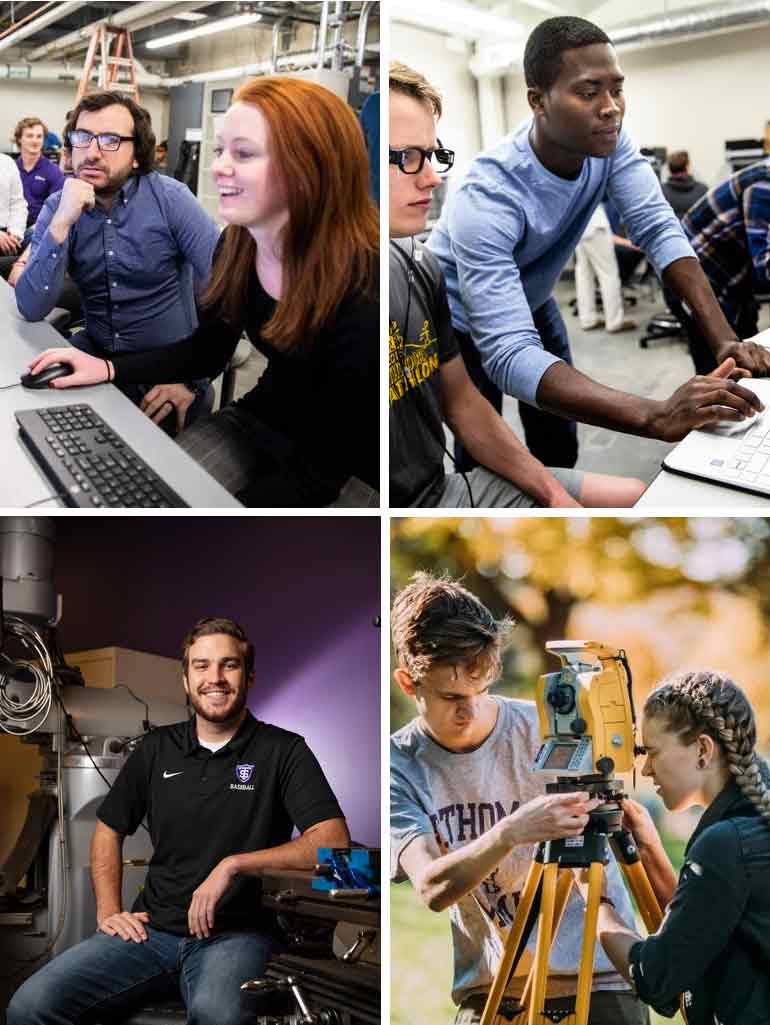
Become a Global Engineer
The German and Engineering dual degree program prepares graduates for meaningful careers in a globally minded and diverse world. Spending a year abroad, the combination of foreign language and engineering studies lets students apply their language and culture skills to engineering and vice versa.
The University of St. Thomas bachelor's degree programs in Civil Engineering, Computer Engineering, Electrical Engineering and Mechanical Engineering are accredited by the Engineering Accreditation Commission of ABET, the global accreditor of college and university programs in applied science, computing, engineering and engineering technology. ABET, 415 North Charles Street, Baltimore, MD 21201.
The University of St. Thomas is accredited by the Higher Learning Commission (HLC).
Graduates of the University of St. Thomas Bachelor of Science in Civil Engineering program are expected to achieve one or more of the following:
Adopted: September 16, 2016. Revised: May 24, 2022.
Graduates of the program have:
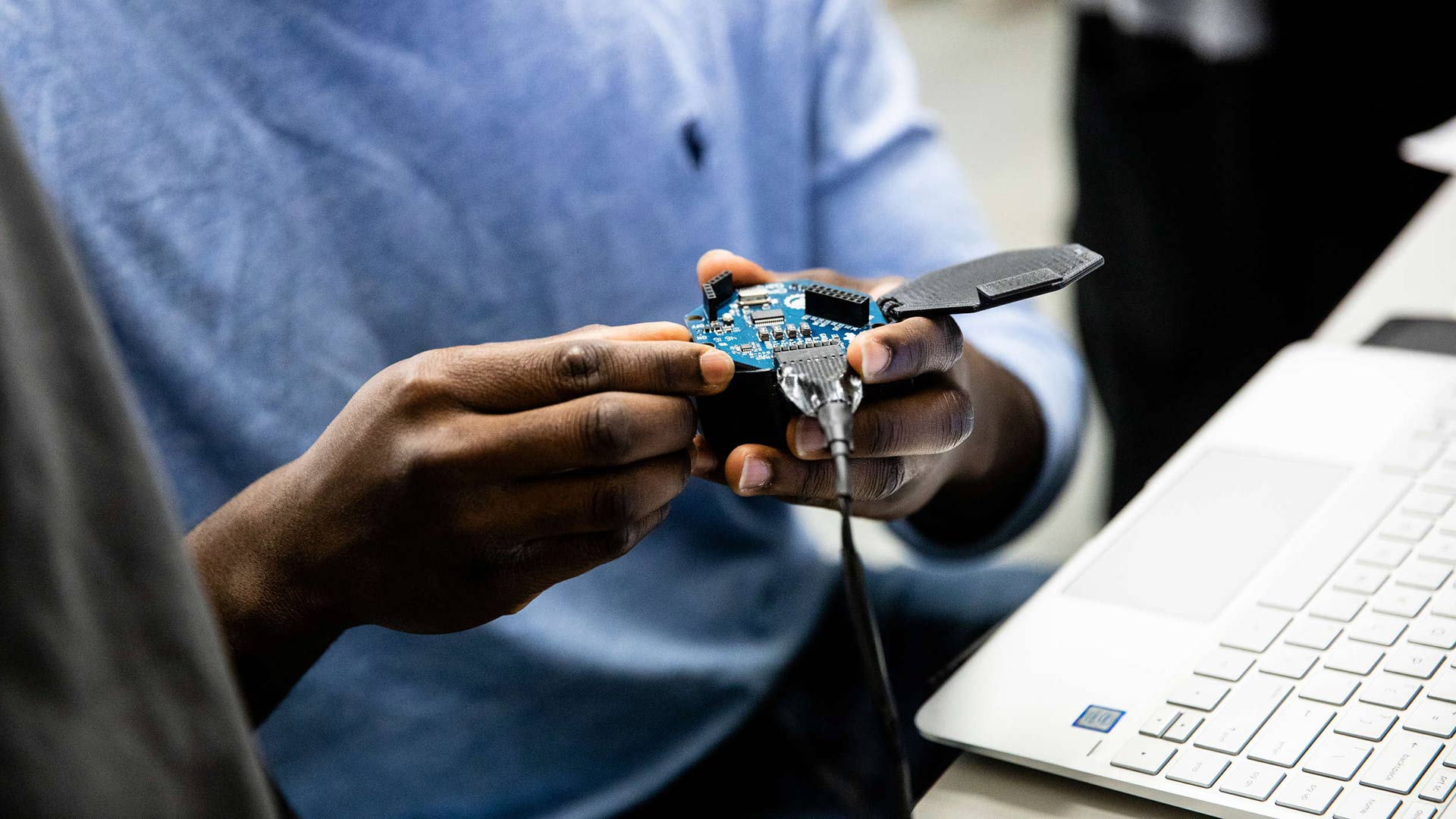
It takes more than theory to transform an idea into useful technology for our society. St. Thomas engineers emerge with practical, hands-on experience, the power of strong communication skills and the broad perspective of a liberal arts education. Our rigorous engineering programs are designed to transform the young creative minds of our students into engineers who can truly make a difference in the world.
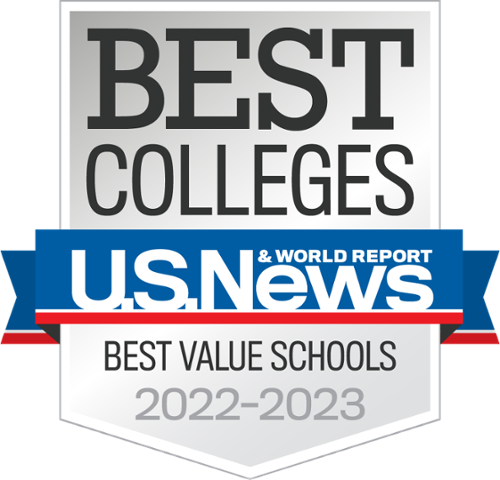 There is more to learn about St. Thomas; including our ranking as a Best Value School by U.S. News & World Report, the many classroom and extracurricular activities that will be part of your student experience and so much more. Schedule a visit to see our beautiful campus or start your application today.
There is more to learn about St. Thomas; including our ranking as a Best Value School by U.S. News & World Report, the many classroom and extracurricular activities that will be part of your student experience and so much more. Schedule a visit to see our beautiful campus or start your application today.